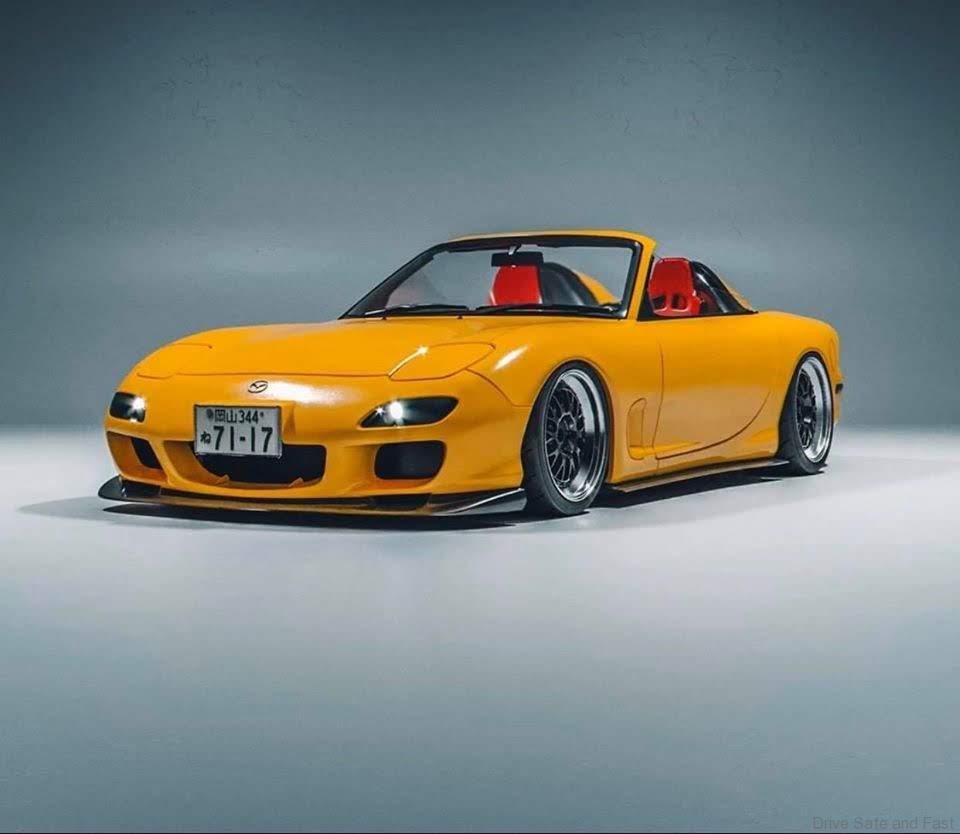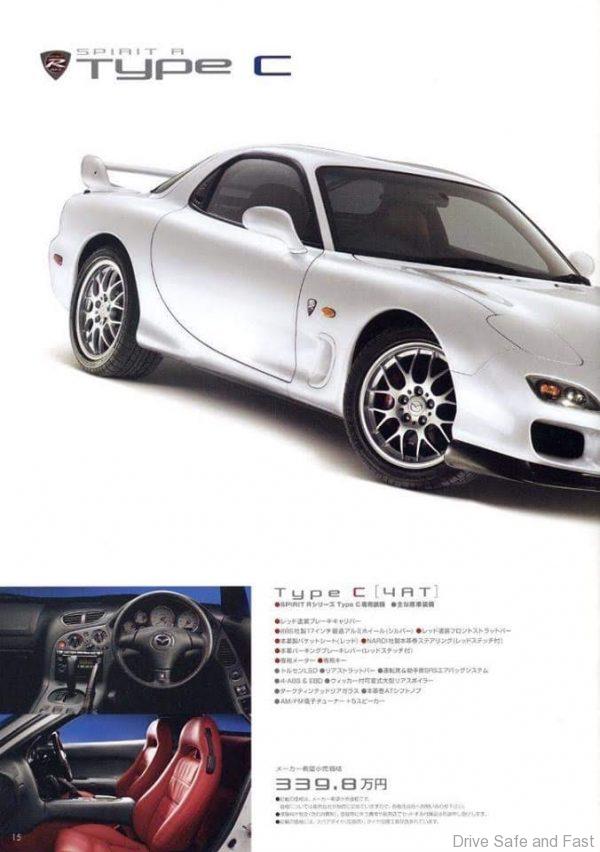A Little History First
Launched in 1979, the first generation Mazda RX-7 came with the 12A rotary engine producing 103bhp at 6000rpm with 147Nm of torque at 4000rpm. Carburetion was a Nikki four barrel downdraft carburetor. Power was fed through a five-speed gearbox with fifth an 0.825 overdrive.
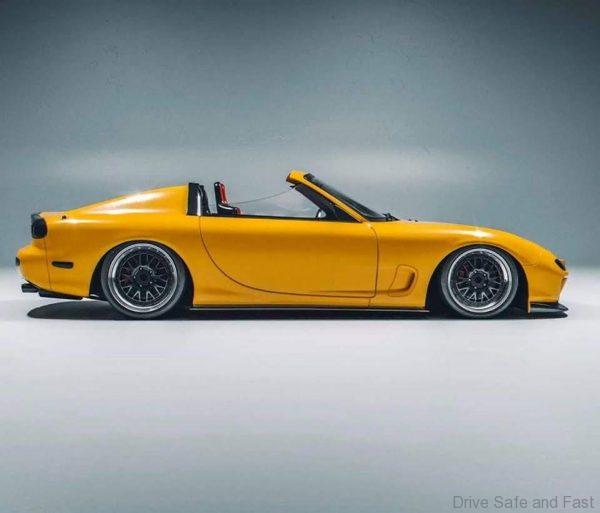
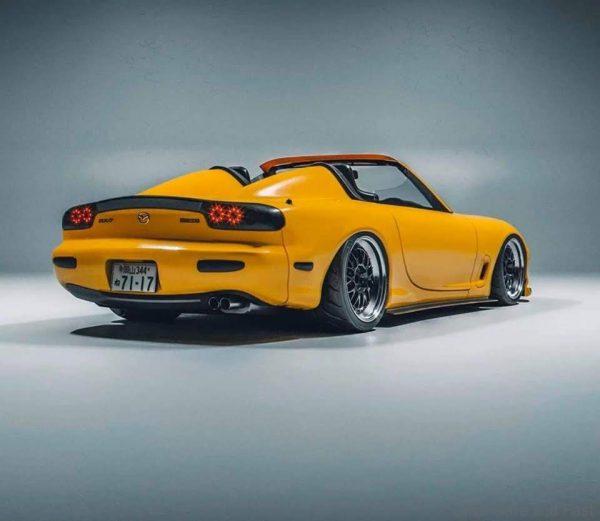
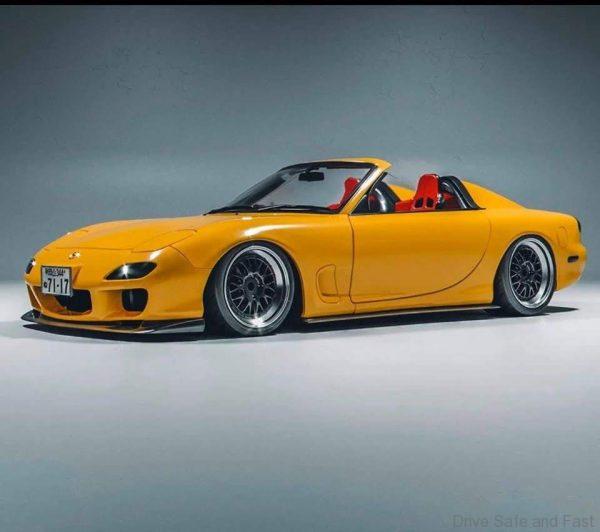
The slinky aerodynamic body had a claimed Cd of 0.36, with the use of pop-up headlights saving 6 per cent in drag. The engine was sufficiently small to allow it to be mounted in a front/mid location behind the front axle giving the car an excellent weight distribution of 51/49 front/rear. Mazda claimed a top speed of 200km/h.
Acceleration to 110km/h took just 11.4 seconds which was impressive in the 70’s and the standing quarter mile was completed in 17.6 seconds. This rotary powered RX-7‘s performance, when compared to its competitors, the iconic Datsun’s 280ZX, the Alfa Romeo GTV 2000 and the Porsche 924, the Mazda was at the top of its segment.
The RX-7’s suspension used front struts and coil springs, with a tension rod and sway bar. Rear suspension was by a live axle on coils, located by four links with a Watts link and a sway bar. Sway bar stability gave flat cornering, with Mazda quoting 1.6 degrees of lean with a cornering force of 0.5G. Alloy 13×5 inch wheels were clad in Bridgestone 185/70 tires from the factory.
Today there are still many running around and it has tested time very well. Asking prices are still rather high for its year of manufacture simply because there are not many on the road and they all have enthusiast owners who feel little reason to part with them.
In 1992 the 3rd generation arrived and this was a showstopper. It was given the name Efini. The Efini was gorgeous and it had all the qualities to make it a world-class sports car. It was wrapped in a slinky curvaceous shell and its interior was filled with super car notions. It had a twin bubble roof design and its doors came with single side windows giving it a real jet fighter look. Its rear panels were a single piece of metal from the front of the roof all the way around the rear back and sides, which showed a Viper like profile.
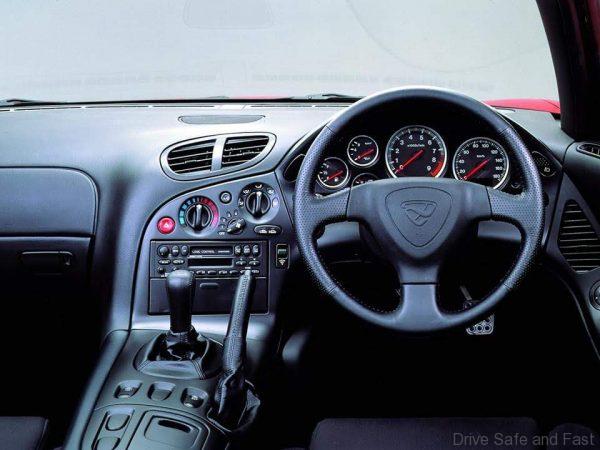
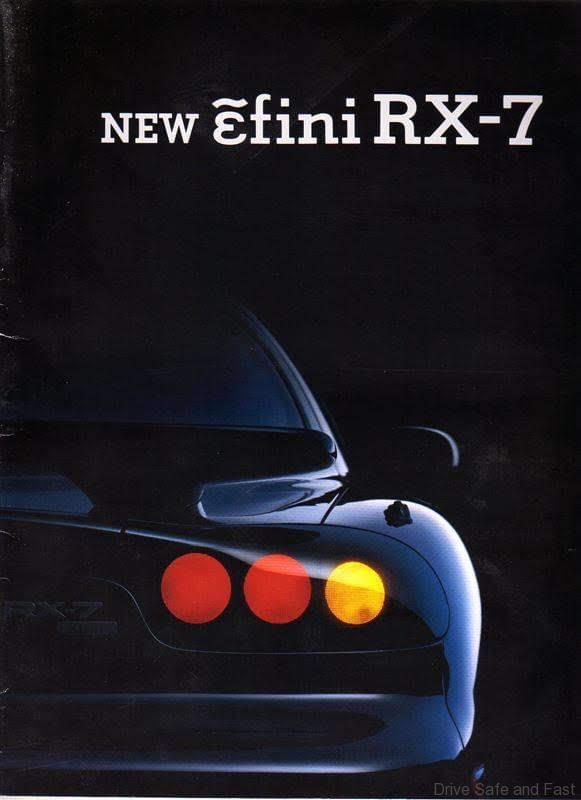
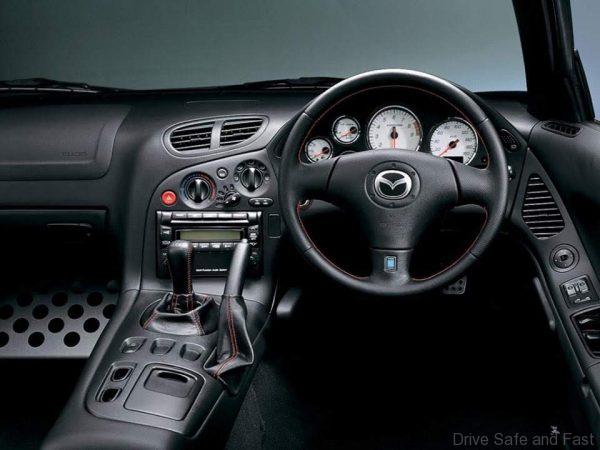
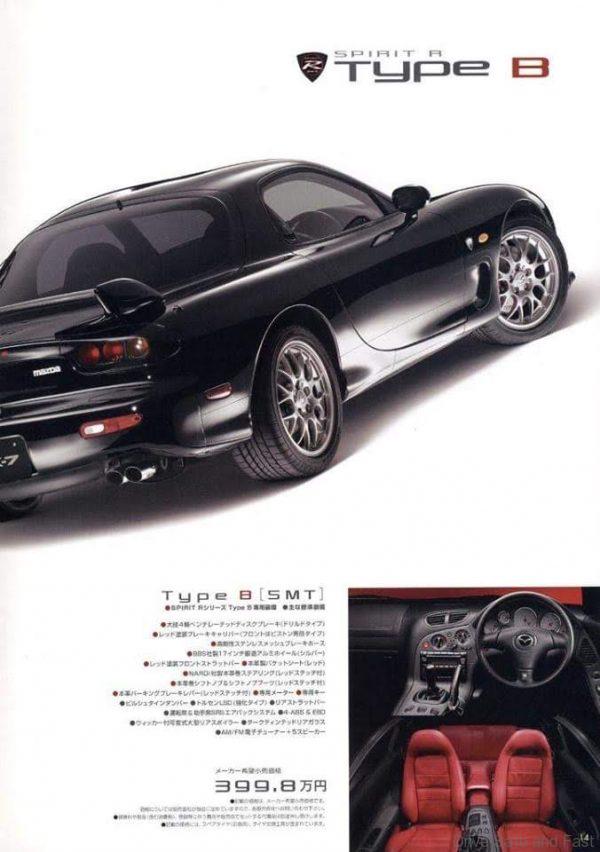
The Last Generation RX-7
The 13B-REW in the third-generation RX-7, launched in late 1991, was a completely redesigned unit, with numerous internal and external modifications and improvements. The REW suffix indicates that it is a rotary engine supercharged by twin, sequential turbochargers. It was the world’s first such turbo installation. The engine produced 255 bhp at 6500 rpm and 294 Nm of torque at 5000 rpm. Two years later, power output was increased to 265 bhp.
Now Mazda has joined the 280-bhp club. The latest 13B-REW produced 280 bhp at 6500 rpm, an increase of 15 to 18 bhp obtained above 5000 rpm. Torque output is also improved by 20 Nm in the critical mid-speed range above 2500 rpm, peaking at 314 Nm at 5000 rpm. New turbochargers, improved apex seal lubrication, freer exhaust, enhanced cooling, and more elaborate engine management are cited as bringing these benefits, while the engine’s internals are inherited from the previous version.
The third-generation RX-7 had come off Mazda’s rigorous development test programs on the bench and on the demanding Global Road Circuit section of the Miyoshi Proving Ground with flying colors.
So, this Efini roadster was never built and this is shame as looking at the pictures today, we are sure there will be many Japanese car enthusiasts around the world that would want to have this roadster in their garage.
It’s sleek looks and evergreen sports car image will make it a showstopper at the next Tokyo Motor Show. Mazda designers and product planners please take note and get this ready with Skyactiv ready engineering underneath.

